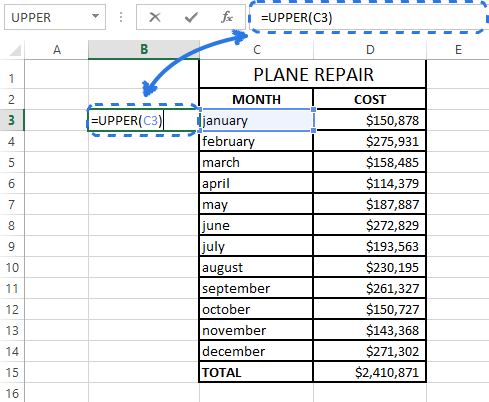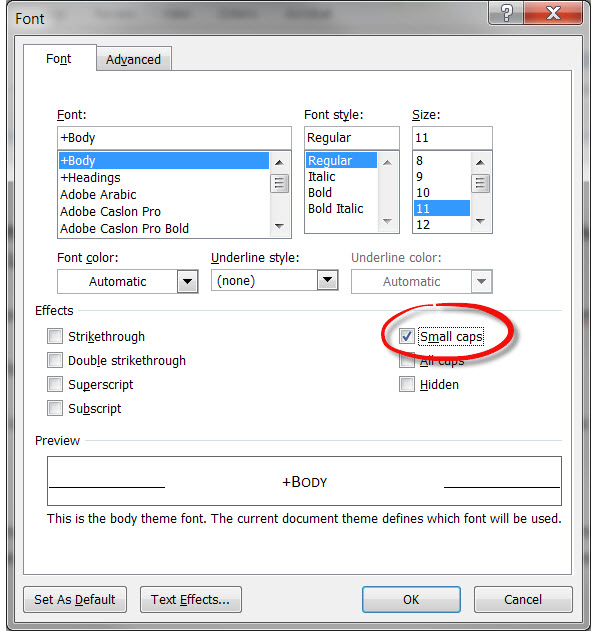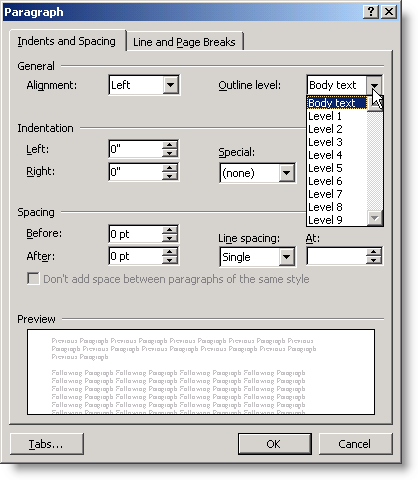

There are two more choices here than using Shift + F3. When you click the button, a dropdown menu will appear showing different options for you to choose.

Press Ctrl + Shift + M repeatedly to de-indent repeatedly.Ĭtrl + K ⇒ Insert a hyperlink - a link to a webpage. Another way to change the case of text is to select the text that you want to change and click the Change Case button on the Font group of the Home tab on the Ribbon. Press Ctrl + M repeatedly to indent repeatedly.Ĭtrl + Shift + M ⇒ De-indent the text. Can be pressed multiple times to undo multiple actions.Ĭtrl + A ⇒ Select all text in the document.Ĭtrl + E ⇒ Center the text in the paragraph that the cursor is in, or center the selected text.Ĭtrl + L ⇒ Left align the text in the paragraph that the cursor is in, or left align the text in the selected text.Ĭtrl + R ⇒ Right align the text in the paragraph that the cursor is in, or right align the text in the selected text.Ĭtrl + J ⇒ Justify the text in the paragraph that the cursor is in, or justifies the text in the selected text.Ĭtrl + M ⇒ Indent the text. (Word only) Word Shortcuts for Working with Text: Copy, Move, Align, Date, etc.Ĭtrl + C ⇒ Copy the selection to the Clipboard.Ĭtrl + V ⇒ Paste the selection from the Clipboard.Ĭtrl + Z or Alt + Backspace ⇒ Undo the last action. If shortcut pressed again, will change to no CAPS. If text is already capitalized, will change to no CAPS.Ĭtrl + Shift + K ⇒ Change the selected text to small CAPS. (Word only)Ĭtrl + Shift + A ⇒ Change the selected text to all CAPS. (Word only)Ĭtrl + = ⇒ Change the selected text to Subscript.Ĭtrl + Shift + = ⇒ Change the selected text to Superscript.Ĭtrl + D or Ctrl + Shift + F ⇒ select the text first, then press Ctrl + D to open the Font window. You can also use the prior version keyboard shortcuts of Ctrl+D (except when a graphic/drawing item is selected) and Alt, O, F will still work. Thats a dialog launcher and it will bring up the dialog box that you had previously wher you can select Small caps. Selection.Ctrl + Shift + W ⇒ Underscore (underline) only words (not spaces) of the selected text. On the Home Ribbon in Word 2007 at the bottom right of the Fonts group is a small square. Selection.MoveLeft Unit:=wdWord, Count:=1

The following is a macro you can use to perform these steps automatically:

Hold down the Shift Key and press F3 to change the uppercase to lowercase or vice versa. If you change the resolution, everything (i.e., ribbon icons, fonts, text will change). The size of your ribbon icons and font is determined primarily by your screen resolution. Press Shift + F3 words convert in small letters to capital letters and also converted from lower letters to upper letters. T he purpose of this Microsoft Word Tips & Microsoft Word Help page is to provide a simple method to change the ribbon icon and font size. However, if you are using it quite a bit, then repeatedly performing the steps can get tiresome. Press SHIFT KEY + F3 Key to change upper case letter to lower case letter and press the same to change a lower case to upper case. If you are using small caps text sparingly in a document, then these steps are rather quick and painless. Set the Small Caps character attribute.Click Font from the available options.Right-click the selection made in step 1.Select the current word (or group of words).To convert words properly to small caps, you need to go through the following steps: To do small caps in Word: Select the text you want to apply the Small Caps effects on. When you use the Small Caps character attribute, Word coverts the letters to their proper appearance. Traditionally, the first letter of the word appears a bit larger than the rest of the letters in a word, even though all letters are uppercase. Small caps are a typographic convention in which no lowercase letters are used.


 0 kommentar(er)
0 kommentar(er)
